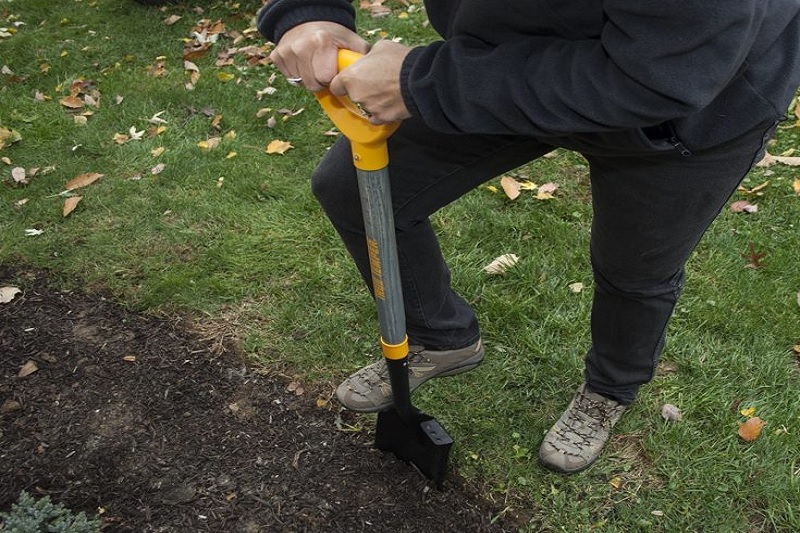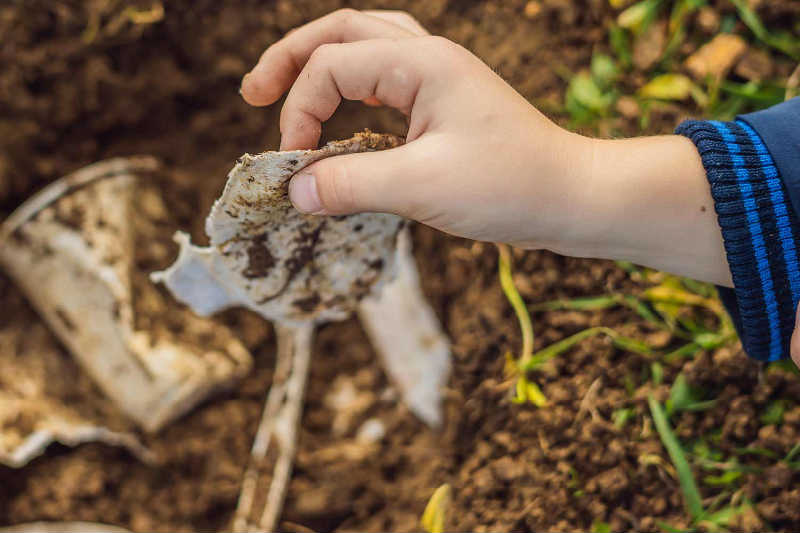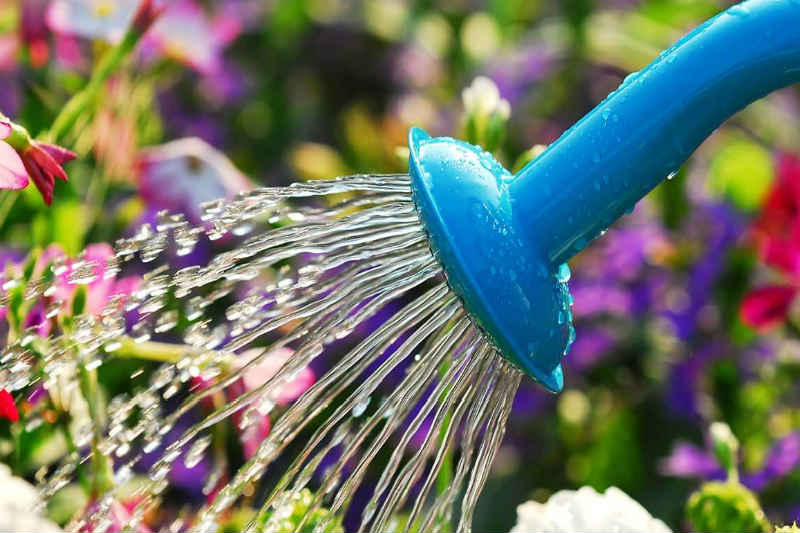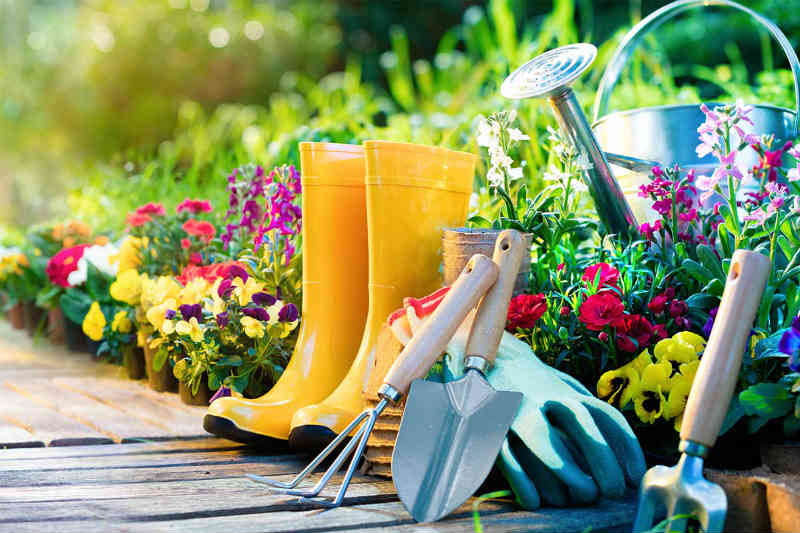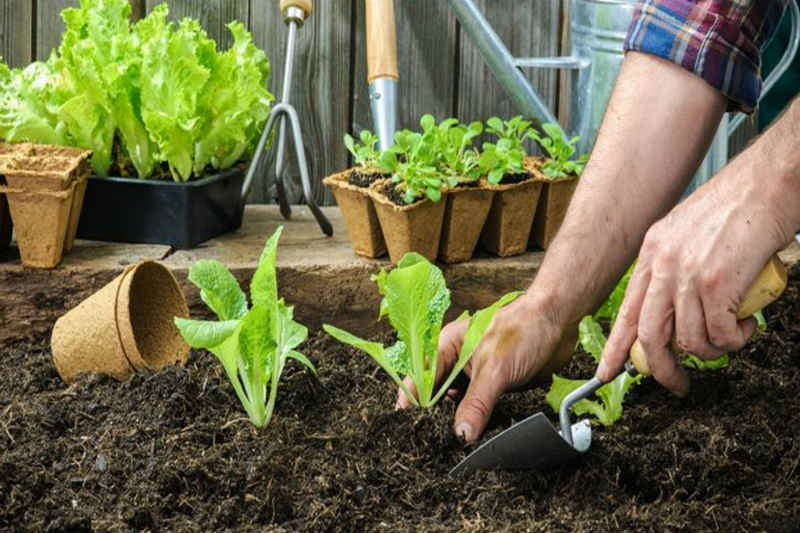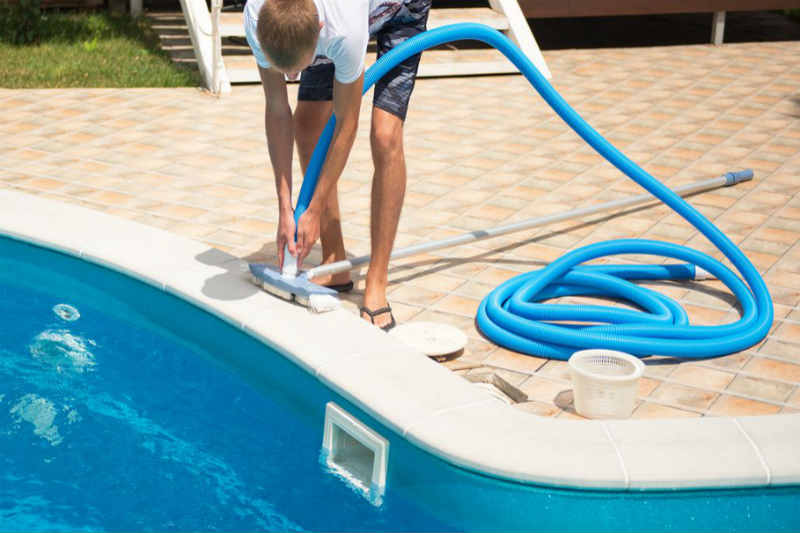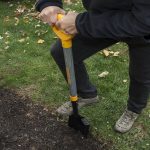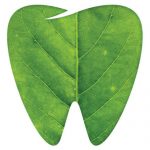With any profession, employment, pastime, or hobby there are going to be tools and equipment which are essential, and landscaping is no different. Whether you are involved in landscaping as a business, as a passionate hobby, or simply as an enjoyable and relaxing way to spend a few hours in your garden, there are tools that you will need to complete certain tasks successfully.
On larger scale landscaping projects we might be talking more about machinery than we are tools, but for the purposes of this article, we are only going to look at the sorts of tools you will need for smaller and medium-sized landscaping. In particular, here are 10 landscaping/ gardening tools which are regarded as essential by expert landscape designers:
Gloves: Whilst landscape gardening might not be considered as a ‘high-risk’ activity, that does not mean that all personal safety should be ignored. In particular, it is your hands that are most at risk of cuts from tools or scratches from thorns, for example, which is why a pair of robust gardening gloves is essential.
Spade: If you are going to be able to dig anything then a high-quality spade is needed. Apart from digging ,it can also be used for moving mulch, compost, and soil. If possible, use a flat edge spade as it penetrates the ground more easily.


